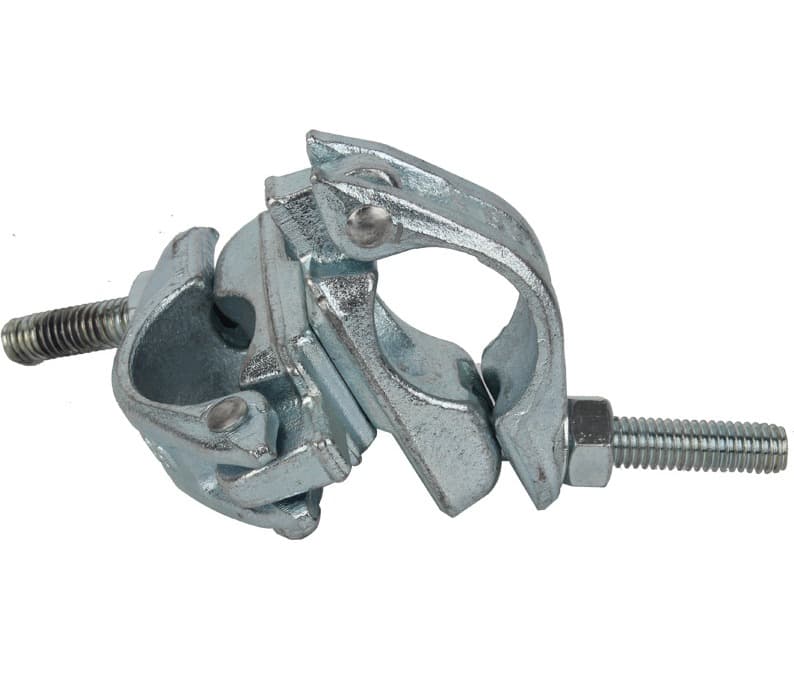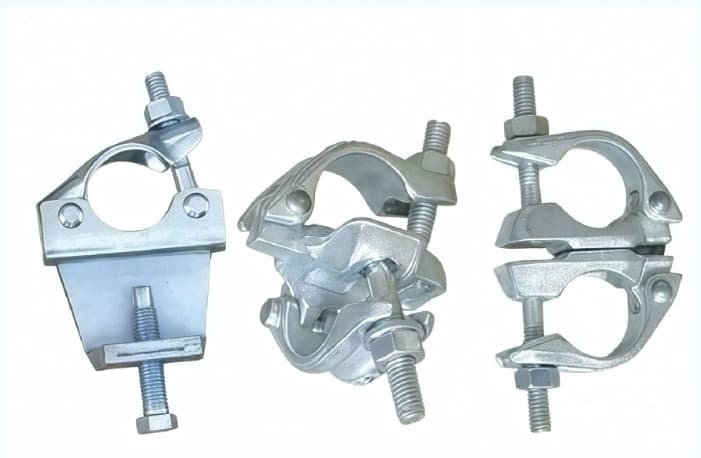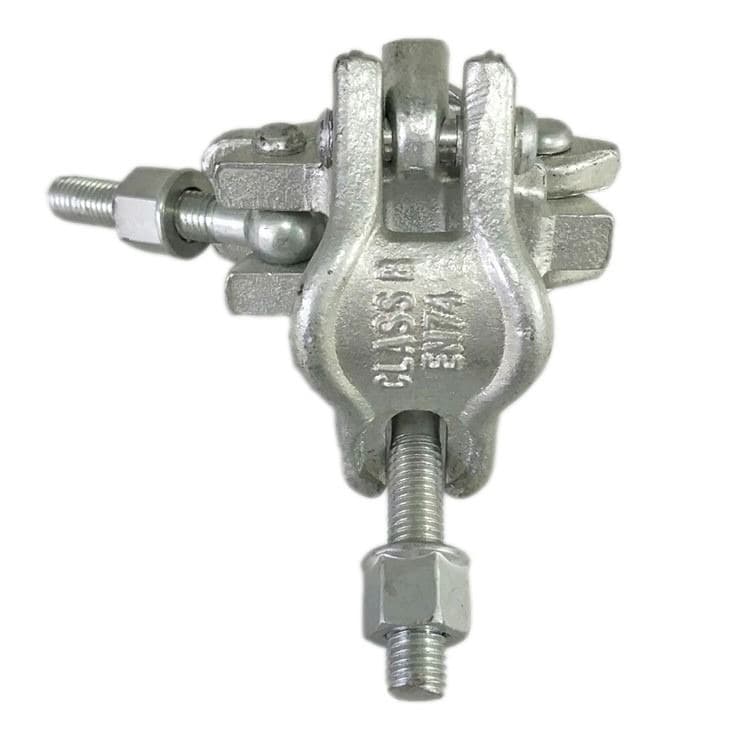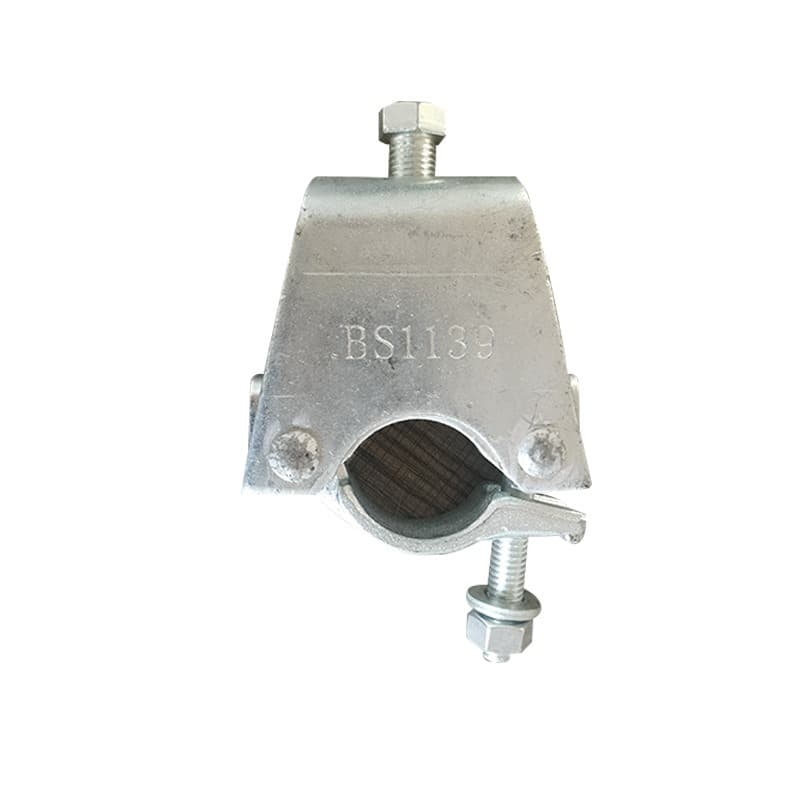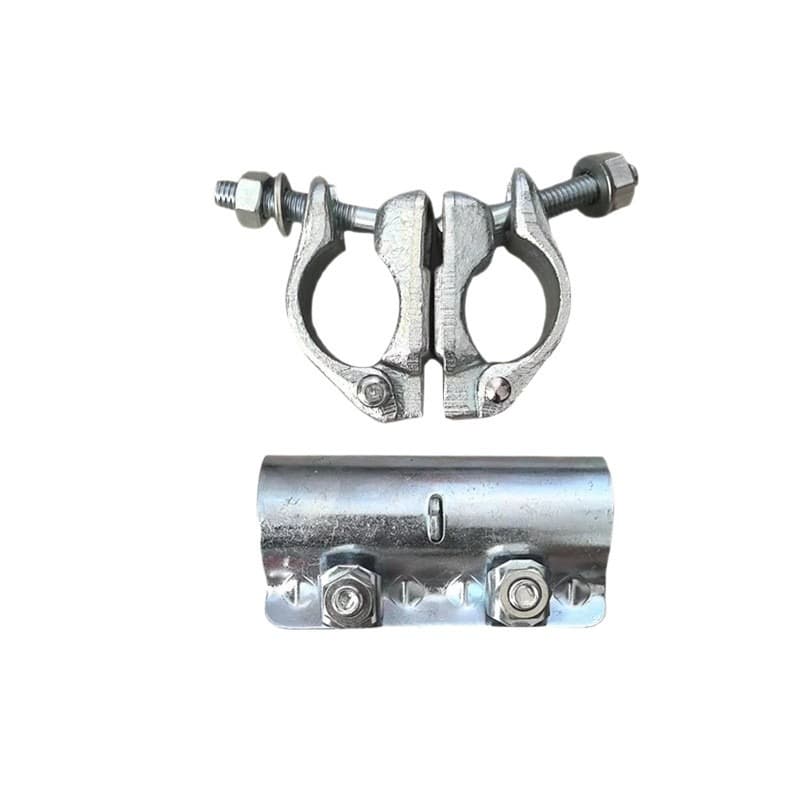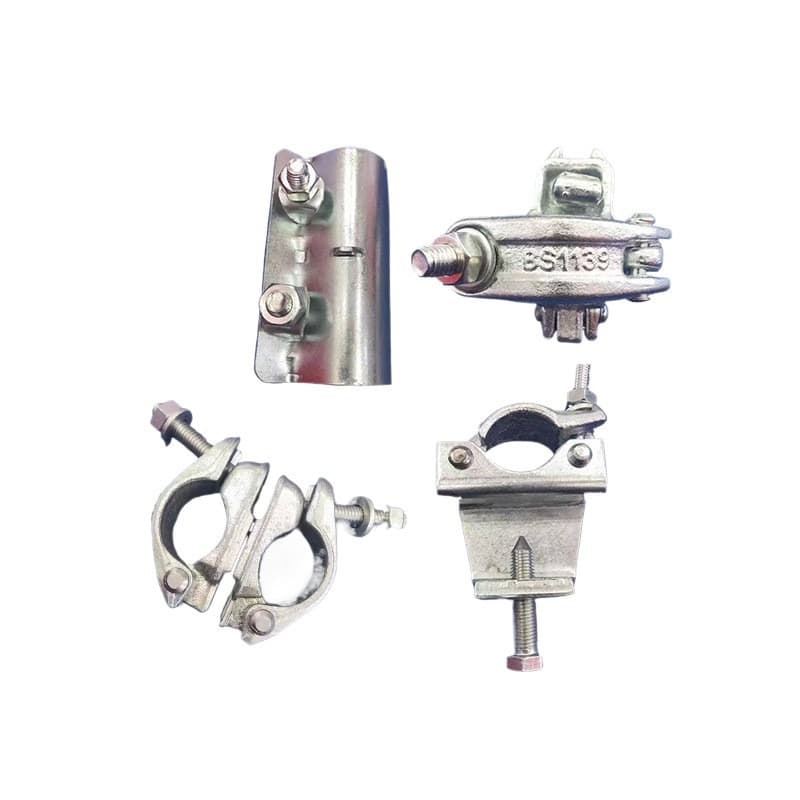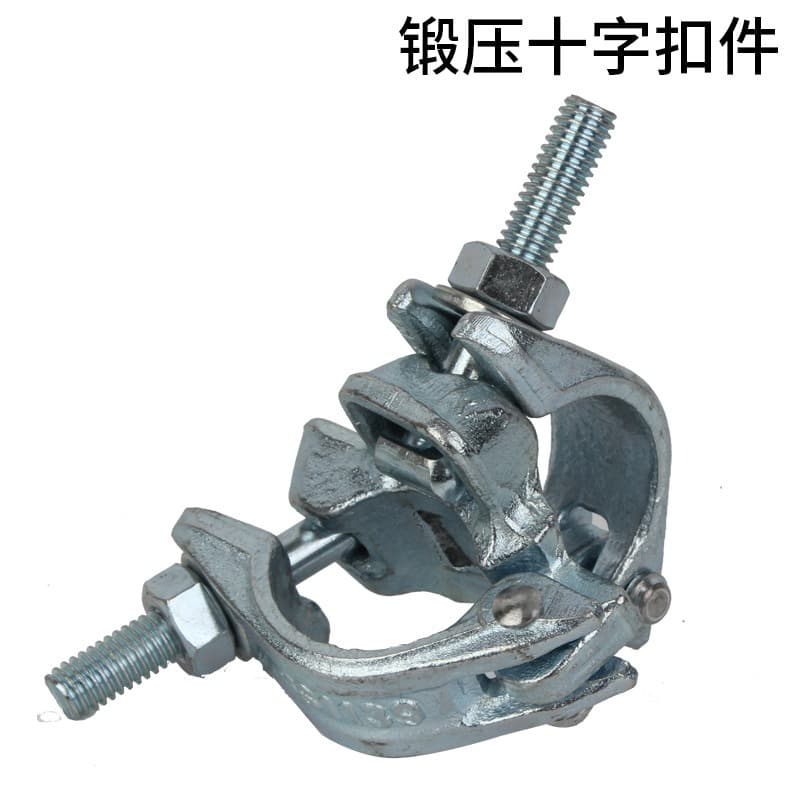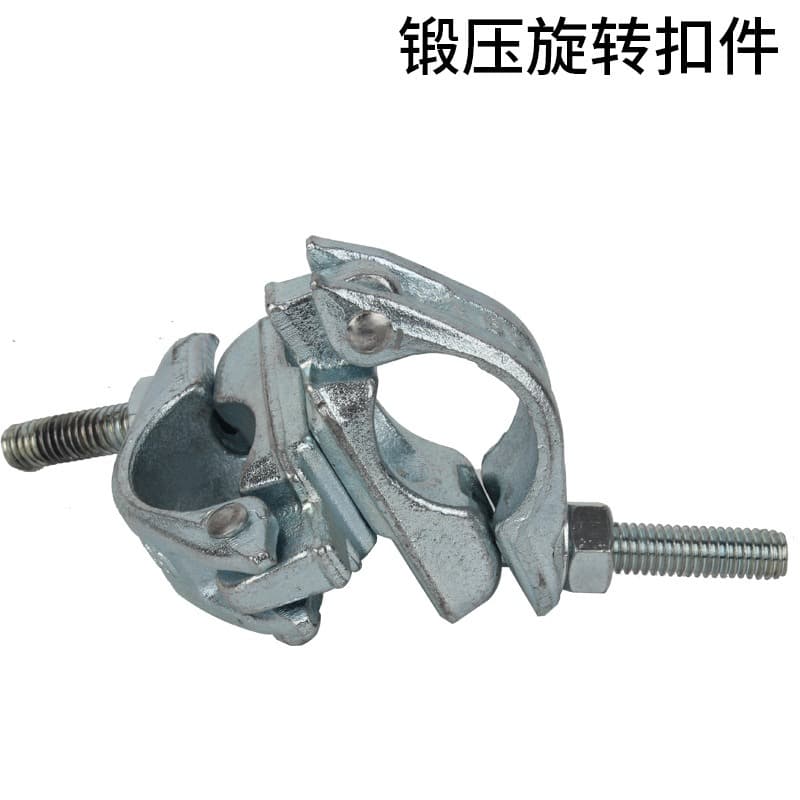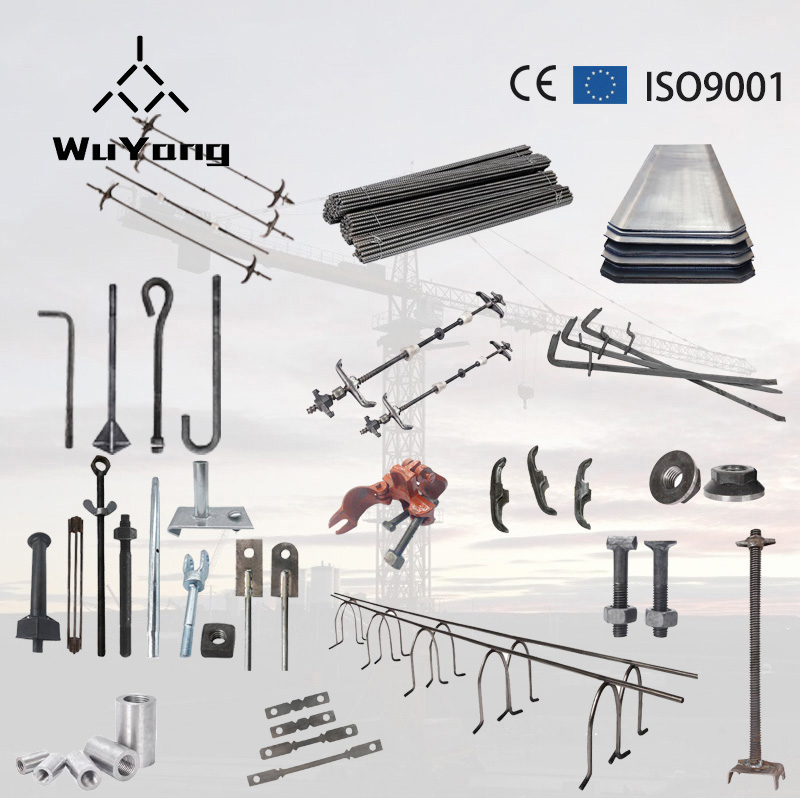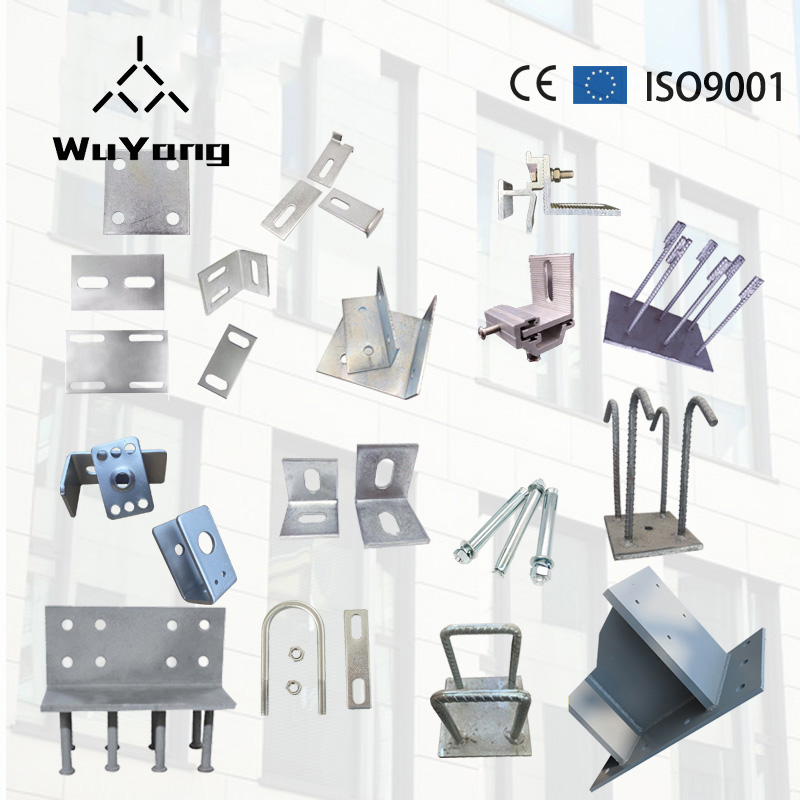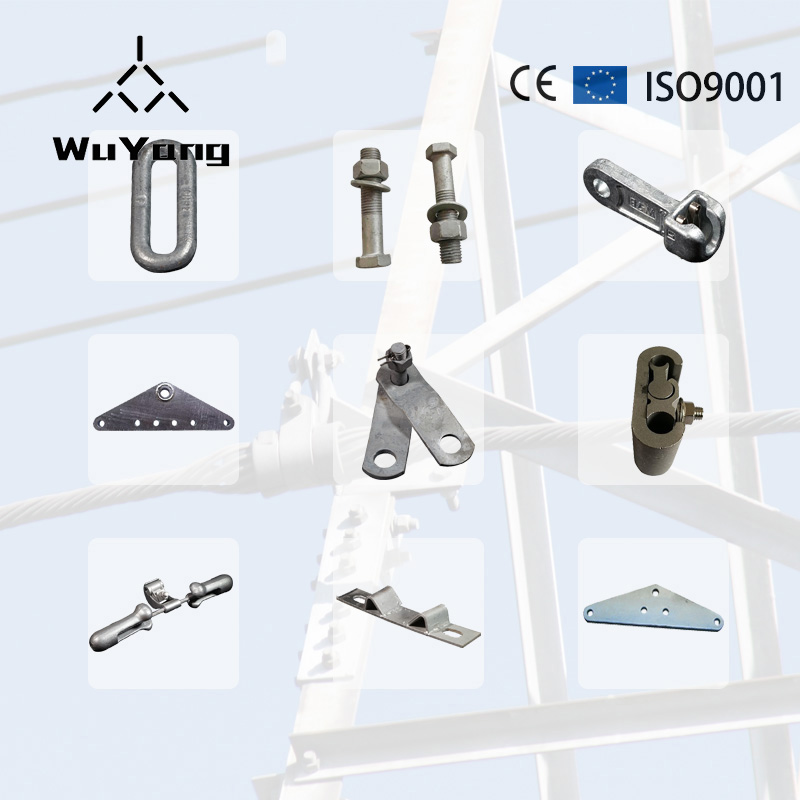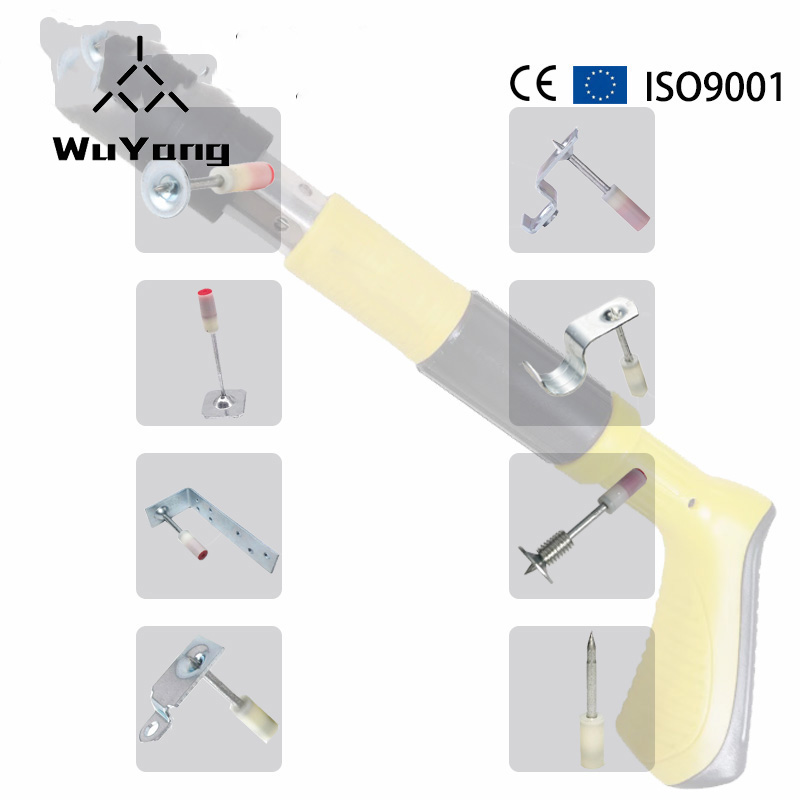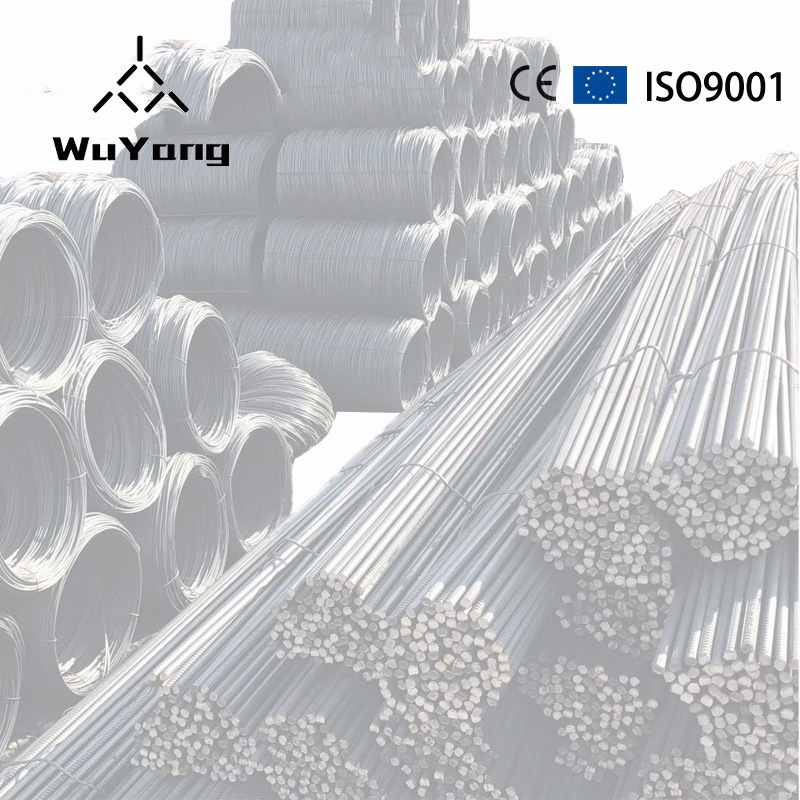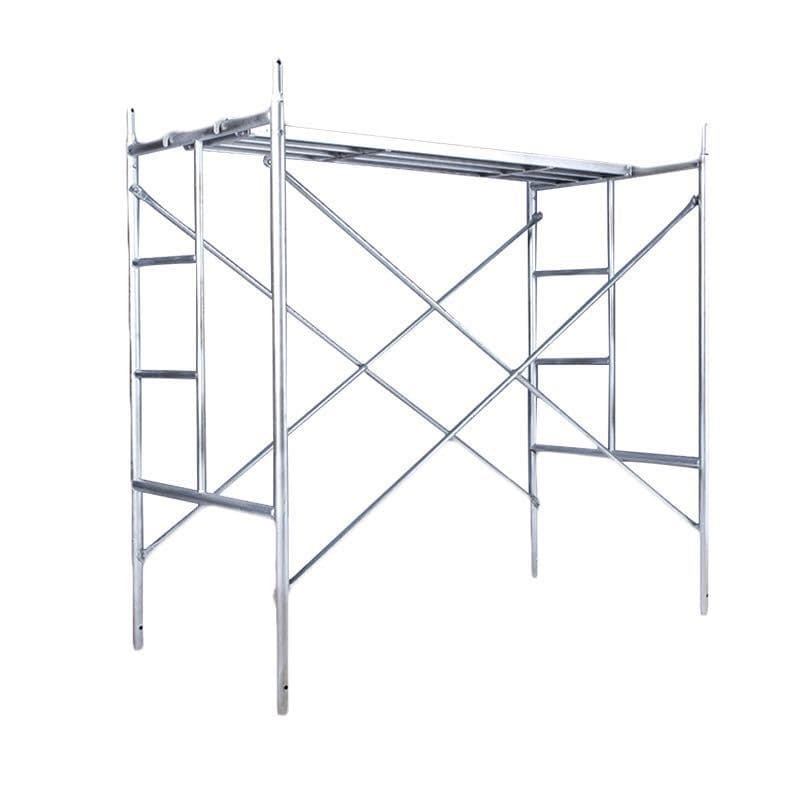Category
Scaffolding Fasteners
Scaffolding fasteners are the core connectors that connect scaffolding uprights, crossbars, sweeping rods and other components. Their quality and correct use directly determine the stability of the overall scaffolding structure and construction safety.
Scaffolding Fasteners
| Right-Angle Fasteners (Cross Fasteners) | Connects two vertically intersecting steel pipes (such as vertical and horizontal rails). | The main structure is a "T"-shaped structure consisting of a top cover, base, and bolts. The bolts are tightened to clamp the two vertical steel pipes. | The base is semicircular (compatible with standard Φ48.3mm steel pipes). A vertical clamping arm extends from one side of the top cover, forming a 90° clamping surface. |
| Rotating Fastener (Universal Fastener) | Connects two steel pipes that intersect at any angle (such as a horizontal bar and a diagonal brace, or a diagonal bar and a vertical bar). | The main body consists of two rotatable semicircular clamps connected by bolts. The clamps can rotate 0°-180° around the bolt axis. | The two semicircular clamps are hinged together by a central bolt, allowing the clamps to be adjusted according to the intersection angle of the steel pipes. Tightening the bolts locks the angle. |
| Butt Fasteners (Slotted Fasteners) | Connect two coaxial steel pipes (e.g., extending vertical or horizontal poles). | The main body consists of two symmetrical semicircular clamps that, when joined, form a circular hole. Bolts are used to clamp the two butted steel pipes. | The inner sides of the two clamps have anti-slip teeth. The hole diameter matches the outer diameter of the standard steel pipe after joining, ensuring that the two pipes are aligned and clamped securely. |
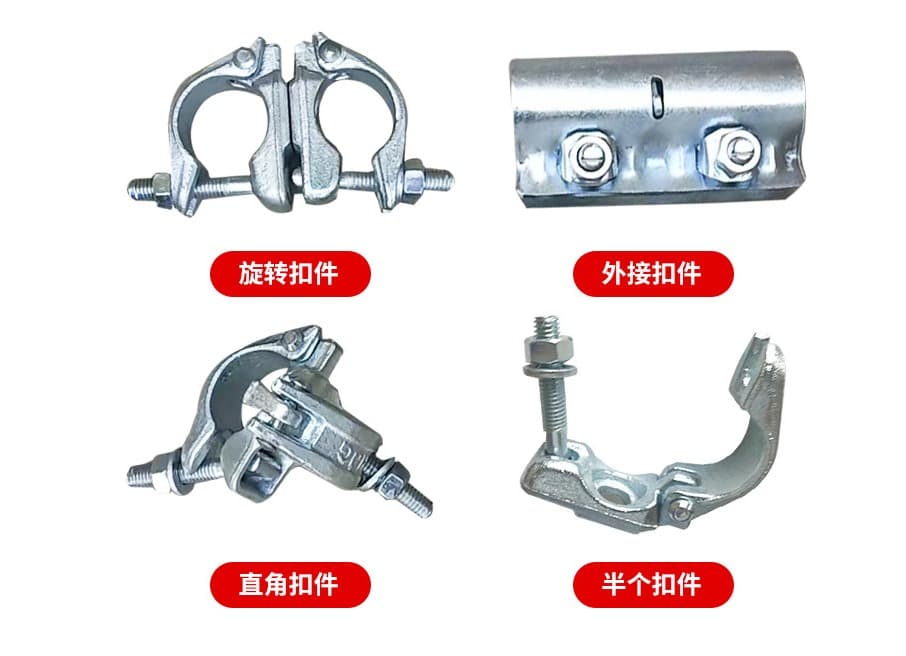
Scaffolding Fasteners Surface Treatment
To prevent rust, fastener surfaces require anti-corrosion treatment. Common methods include:
Hot-dip galvanizing: A zinc layer thickness of ≥65μm provides excellent corrosion resistance and is suitable for outdoor, humid, or coastal environments.
Cold-dip galvanizing (electrogalvanizing): A zinc layer thickness of ≥12μm provides low cost and is suitable for indoor, dry environments.
Anti-rust paint: Regular repainting is required and is suitable for temporary or low-frequency use.
